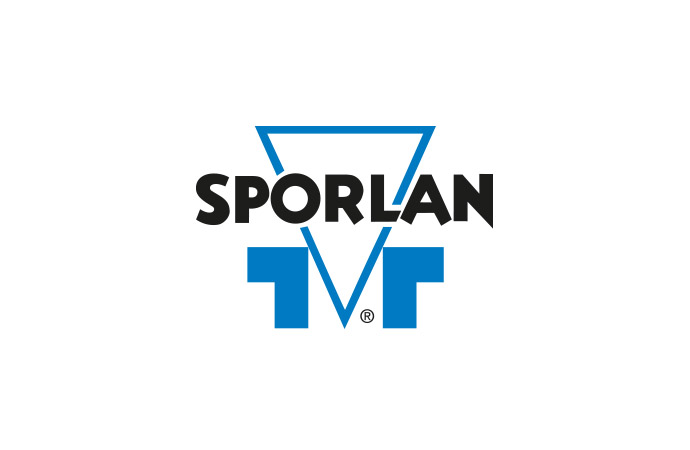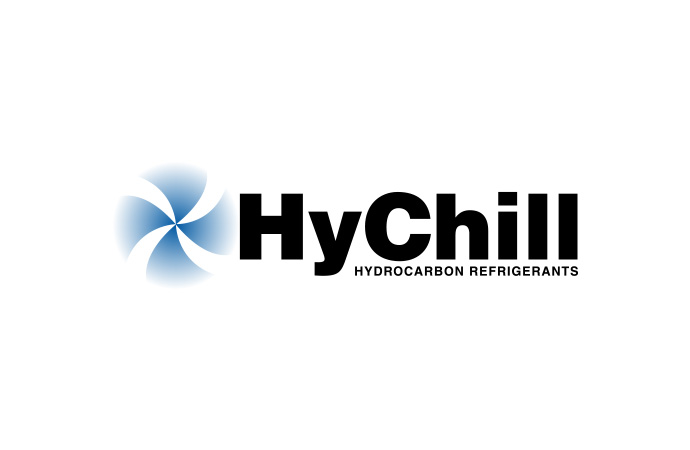With the EU F-gas Regulation being on track to achieve a considerable reduction in the use of HFCs, a review next year might include more f-gases, control their production and use, and issue further product bans, a European spokesperson revealed.

According to the environmental news service ENDS a European spokesperson confirmed that the EU is expected to meet and even exceed a target to limit emissions of fluorinated greenhouse gases, including HFCs. Also considering this success of the regulation so far, the commission will be reviewing the measures adopted under the regulation due in July 2011.
The forecasts say that the EU 15 Member Countries will have limited their emissions of the F-Gases HFCs, PFCs and SF6 to around 75 million tonnes of CO2 equivalent by 2010. The initial “business as usual” scenarios predicted an increase to 98 million tonnes by 2010.
Review might bring more stringent regulations
So far the F-Gas regulation sets new containment, handling and recovery rules for climate-altering f-gases used in refrigeration and air conditioning systems. The forthcoming review of this regulation No 842/2006 will be considering and assessing the following options:
The forecasts say that the EU 15 Member Countries will have limited their emissions of the F-Gases HFCs, PFCs and SF6 to around 75 million tonnes of CO2 equivalent by 2010. The initial “business as usual” scenarios predicted an increase to 98 million tonnes by 2010.
Review might bring more stringent regulations
So far the F-Gas regulation sets new containment, handling and recovery rules for climate-altering f-gases used in refrigeration and air conditioning systems. The forthcoming review of this regulation No 842/2006 will be considering and assessing the following options:
- Control of production and/or use of F-Gases
- Monitoring EU compliance with potential international agreement
- Extension of the containment and recovery measures to RAC systems fitted in certain modes of transport
- Establishment of maximum leakage rates for certain applications
- Further measures to strengthen recovery of F-Gases
- Establishment of Community standards for control of emissions of F-Gases, in particular from foam
- Inclusion of additional F-Gases under F-Gas Regulation
MORE INFORMATION
Related stories










